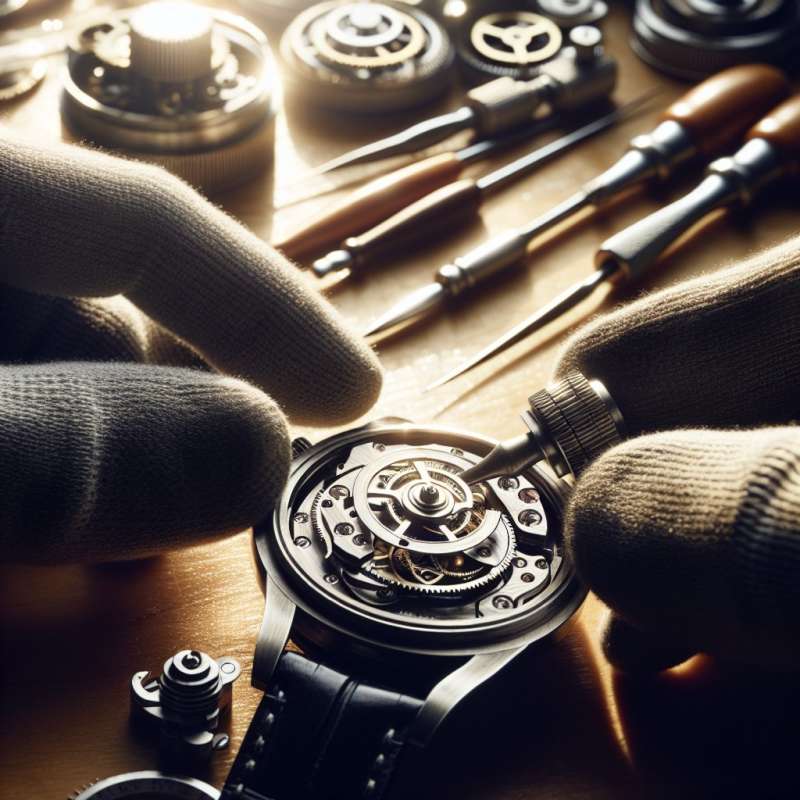
History of Watchmaking
The art of watchmaking began in the 16th century, evolving from portable spring-driven clocks. By the 17th century, miniaturization had progressed, making pocket watches a symbol of wealth and status.
Mechanical Movement Mastery
The heart of traditional watchmaking is mechanical movement, comprising springs and gears. Intricately assembled, they function without batteries. Craftsmanship is paramount, with some watches having over 1000 parts.
Innovations in Timekeeping
The tourbillon, invented in 1795 by Breguet, counters gravity's effects on accuracy. Interestingly, it's not more accurate than modern watches but remains a marvel of engineering, showcasing the watchmaker's skill.
Complications Beyond Time
Complications are functions beyond timekeeping. Sophisticated examples include perpetual calendars, chronographs, and minute repeaters. These require exceptional skill to design and assemble, reflecting a watch's complexity and craftsmanship.
Material Advances
Modern watchmaking incorporates advanced materials like silicon for increased precision and durability. Silicon parts resist temperature changes and magnetic fields, improving timekeeping accuracy over traditional materials.
Artistry in Enameling
Enameling is a decorative technique where colored glass powder is melted on the watch face, creating vibrant, fade-resistant designs. Grand Feu enameling involves multiple high-temperature firings, a testament to the artisan's skill.
Sustainable Watchmaking
The industry is embracing sustainability. Brands now offer solar-powered watches and use eco-friendly materials. Recycling precious metals and using ethical diamonds are steps towards environmentally conscious luxury watchmaking.Clockwork in Space
Mechanical watches performed better than electronic ones in space due to their independence from gravity and electronics, a surprising nod to traditional craftsmanship.
When did watchmaking begin?
16th century, from clocks
17th century, from sundials
15th century, from hourglasses
Company